December 1, 2021
Next-Gen Solutions from Next-Gen Scientists
Thanks to generous community support, a new generation of scientists is fueling the research engine at the University of Calgary and the Alberta Children’s Hospital. They are tackling a range of child health problems with far-reaching impacts designed to refine treatments, uncover new cures, and ultimately improve the quality of life for kids, here at home and all over the world. Here are five exciting projects happening right now, all of which are made possible by you.
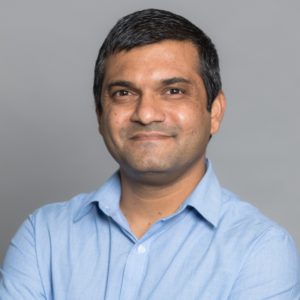 Advancing burn recovery
Advancing burn recovery
When a child suffers a burn or ulcer, the result is often pain, immobility, disfigurement and, in some cases, dangerous infections. These injuries often lead to the formation of scar tissue, which can have lifelong impacts on a child’s quality of life. Kiran Todkar seeks to better understand what is happening at the cellular level that drives either skin regeneration or scar formation. Work conducted in the Biernaskie Lab at UCalgary has shown that by modulating the early immune system response, it’s possible to regenerate skin 10 times faster. Todkar is studying the effects different drug compounds have on the process of skin regeneration to provide entirely new drug targets that can be used to mitigate scarring and restore function after severe skin injury. “Considering the lifelong impairment that accompanies severe skin injury in children, effective therapies could have a major impact on quality of life,” says Todkar.
Predicting and preventing mental health issues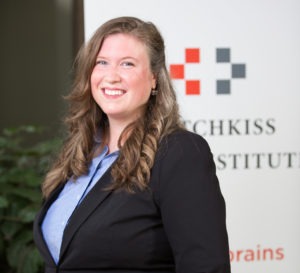
We know most mental health issues first appear in childhood and adolescence. What we’re still learning is what causes them in the first place. Kathryn Manning is using brain scans and data collected from more than 10,000 ten-year-old kids to identify unique brain patterns that underlie mental health and behaviour. By understanding these linkages, experts would be able to identify specific brain regions and functional patterns that could aid in the delivery of treatments and refined clinical approaches. “This presents a powerful opportunity to both understand and predict children at risk before problems emerge,” says Manning.
New hope in tumour fight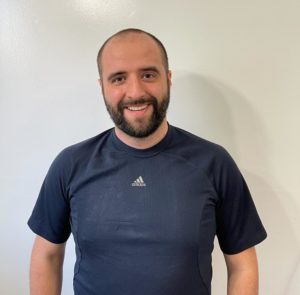
Rhabdomyosarcoma (RMC) is the most common type of soft tissue cancer in children, and one that frequently recurs after treatment. This is mainly due to stem-like cells that resist treatment and then mutate into faster-growing cells. Arthur Dantas is studying the mechanisms that cause these cells to adapt and early work in this field suggests that by blocking the ING5 gene, scientists can boost the benefits of therapies used to treat these tumors. “Our ultimate goal is to understand this stem cell population better and consequently reduce recurrence, greatly improving long-term survival for kids with this cancer,” says Dantas.
Improving the diagnosis of heart defects in babies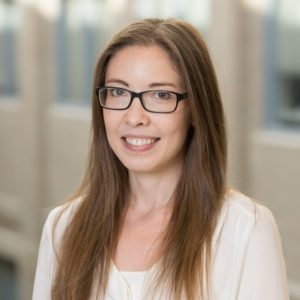
Congenital heart defects (CHD) occur in about one percent of all babies, yet the cause in most cases remains unknown. CHD diagnosed at birth often results in emergency surgery for newborns and the health problems associated with the condition can last into adulthood. New research suggests the placenta may play a key role in the development of heart defects, so Bethany Radford is examining that potential connection. Her focus is identifying structural and molecular changes to the placenta that are commonly linked to CHD with a goal of better prediction options during gestation. “My hope is to better understand, and ultimately prevent, the developmental origins of heart defects,” says Radford. “Ideally this will lead to improved, early diagnosis and risk assessment.”
Back to school after concussion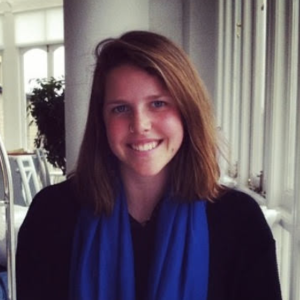
Concussions in children and youth can cause many symptoms, including headache and sensitivity to sound, that can impact the ability to attend school and effectively learn. Young people recovering from concussions often miss school and may perform below expectations upon return. This can have serious academic, social, psychological, and emotional impacts on a child. Heather Shepherd wants to better understand how to facilitate the quickest and most successful return to school for children who have suffered a concussion, and to enable school staff to support them. “Things like rest breaks or extra time to finish assignments may be key in ensuring a child’s effective re-entry to the classroom,” says Shepherd. “My aim is to reduce the missed school days and struggles a child with a concussion may face and develop an enhanced Return to School Strategy for a supportive learning environment.”
The University of Calgary is driving science and innovation to transform the health and well-being of children and families. Led by the Alberta Children’s Hospital Research Institute, top scientists across the campus are partnering with Alberta Health Services, the Alberta Children’s Hospital Foundation, and our community to create a better future for children through research.



